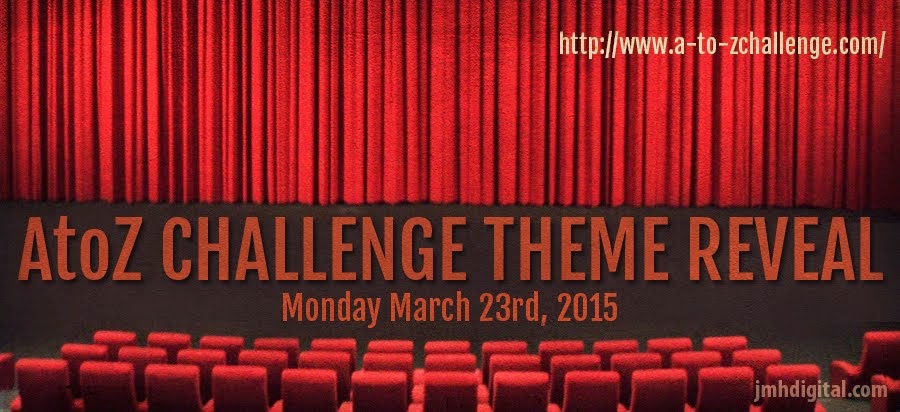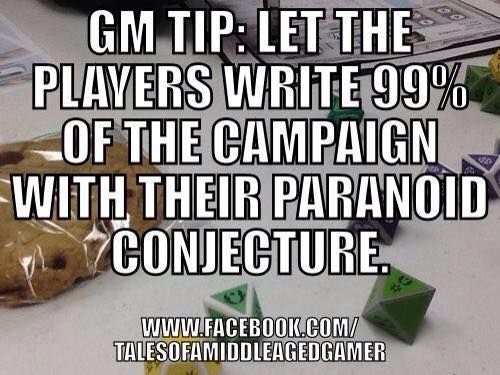Initially, I was struggling with the idea of a theme for this year’s A to Z Blogging Challenge. Last year I just picked a topic that fit the letter for that day and went with it. Then I remembered my half started project to help me deal with cities, ruined cities, and my thoughts that a large city was in many ways equivalent to a megadungeon. Indeed, a ruined city is but the surface level of a megadungeon.
I will be fleshing out general ideas and ideas for tables, and on-the-fly information for navigating a large city or ruin without advance preparation, or with a set base of preparation, like a map and a general idea of where the different quarters are, etc. Planning a ruined city relies on planning one that is inhabited, the only difference is that a ruined city needs a reason for why it is now in ruins.
This project is as much a tool to help me as it is to share my insights with others.
I will reference past articles on some of these topics. Some information I may have previously only collected information and not yet made an article. I wrote at least a rough outline of each article and have them scheduled to post. I have been going back to each one and adding, revising, cross linking, and otherwise trying to improve them. So far, I don’t have as many tables as I initially envisioned, but I do have many lists I will work to develop tables or clean up for a list of ideas on various topics. Since this topic is so much on my mind of late, I am linking to posts that have come up and continue to be published by others. One relatively new blog, Lost Kingdom, has coincidentally, published articles that tie very well into mine, and I link to their articles for more details. Trying to find the time to read all of their past articles is a challenge, but well worth the effort.
Building a city for an RPG, whether a living city, or a fallen, ancient one, requires thinking it through and populating it in a pattern that fits. Not everyone needs this level of detail to guide them in creating their cities. I often just determine that there are so many of this or that business and don’t worry about a map. This project is for improving the level of preparation by creating a sort of checklist to touch on, to help DM’s that aren’t so good at spur of the moment to have some ideas to help with improvising their cities.
I look forward to feedback and ideas to fill in gaps.
There will be new tables for some things, and my detailed slant on how to build cities/ruined cities. Of course, in the A to Z Challenge format, it won’t be a complete system, but will contain points and questions to ponder for anyone developing a city. Some of these ideas will translate into building cities for any genre of RPG.
I will quote myself from my Post-Con Write Up of Marmalade Dog 20 and a relevant conversation I had with Adam Muszkiewicz:
When Adam and I were talking the topic of random tables and drop tables and all the dice tables came up. I mentioned that I am slowly crafting an all the dice type table to help me generate area of an ancient “abandoned” city for houses, building, and other features. Adam pointed me to a display at Roy’s booth for Metal Gods of Ur-Hadad, Winter 2014, Issue #1. Pages 10 and 11 have a neighborhood generator, and pages 12 and 13 have a gang generator. The neighborhood generator has a lot of ideas that I am looking for so I bought it.
I am going to enjoy this!
All my posts on megadungeons, and cities.
I also have a list of those RPG bloggers that used the (GA) tag on the A to Z Sign Up Page. I didn’t have time to look for those that didn’t use a tag, so if you want to be on my list, just let me know your number on the sign up list. My list, 2015 A TO Z CHALLENGE – RPG BLOGGERS, is on the right side of my blog under the A To Z Challenge logo.
[UPDATE] I went to each of the RPG blogs signed up for this year’s challenge, and only a couple of them appear to be participating in the theme reveal, so I wait, as do all of us until perhaps later today, or April 1st, when the posts begin.
[UPDATE 2] Here is a link to the List of Those Signed up for the April, 2014 A to Z blogging challenge.


